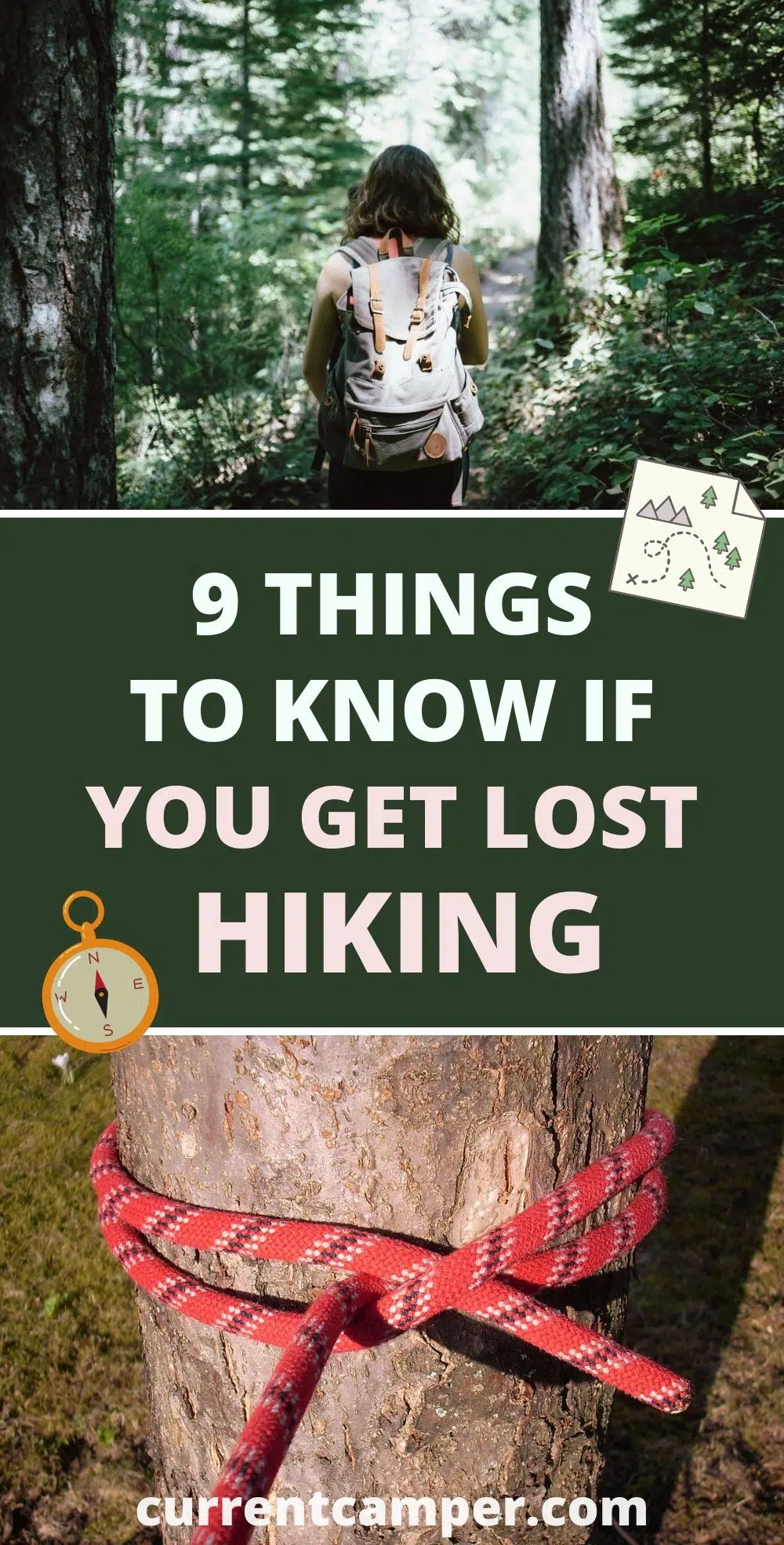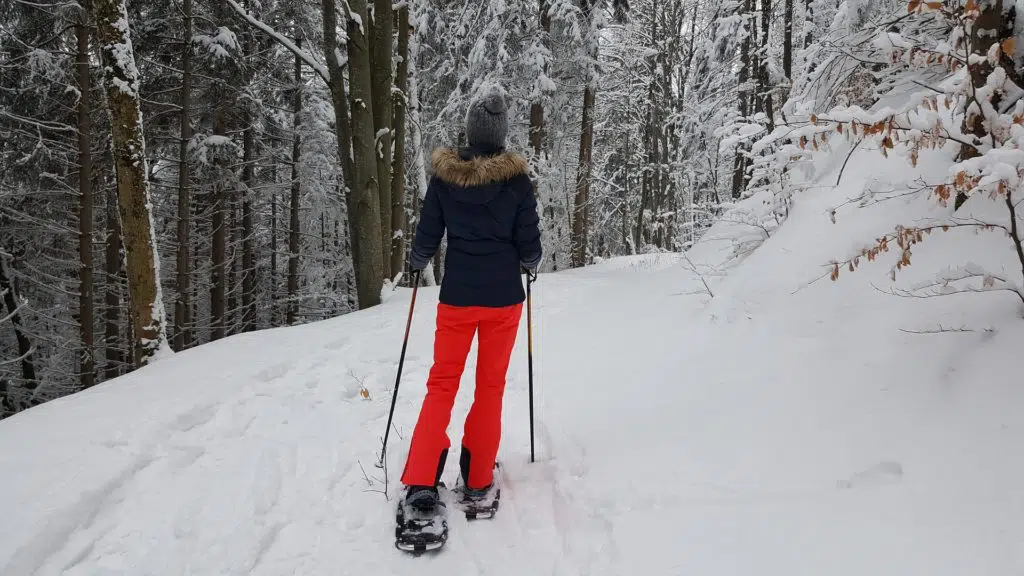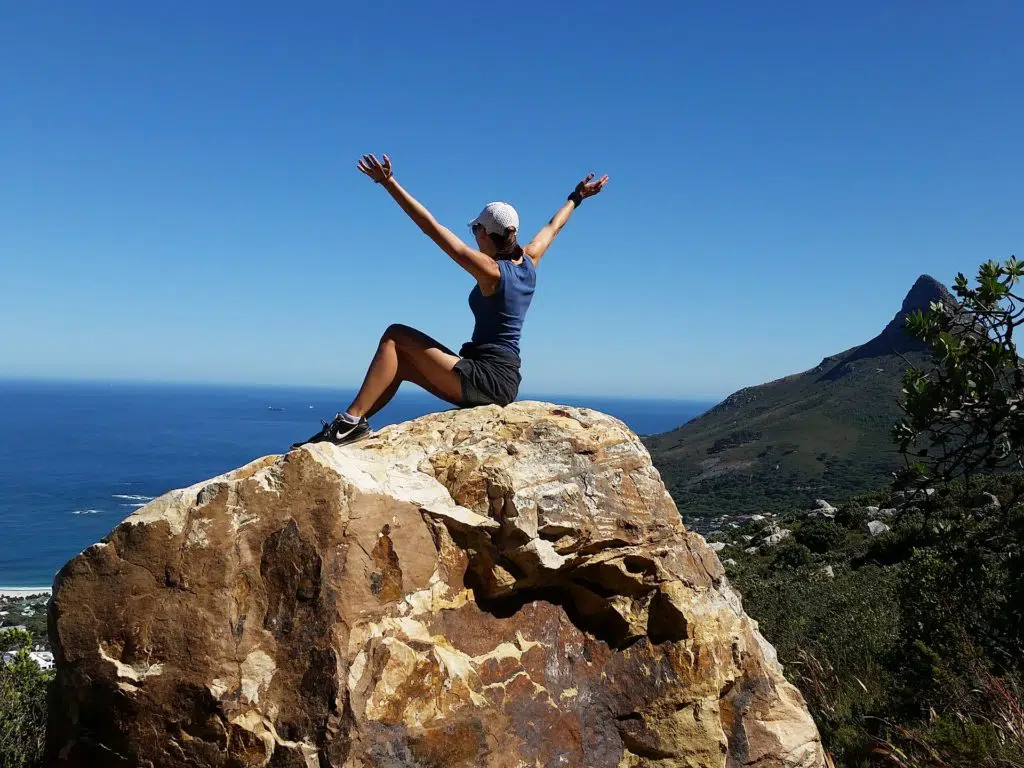

Nature is a refuge for so many of us. Particularly during our current times, getting outside is one of our only escapes from the stress and chaos of daily life. But the wild comes with risks. There are no streets signs, and Google Maps doesn’t give directions when you are off-road. Getting lost while hiking is a real possibility, especially when you head into lesser trafficked areas.
While there is a whole area of study you should undertake to keep from getting lost, inevitably if you spend enough time outside you will, at least temporarily, find yourself not knowing where you are. When this happens, the first thing to remember is to stay calm.
If you find yourself starting to panic, stop and focus on your breathing. Slow deep breaths in and out will help down-regulate your anxiety. This will help you be able to think straight.
Now that you are calm, it is time to assess your situation and figure out the best course of action. The tips below will help you build on your outdoor knowledge and help give you the tools you need to survive getting lost while hiking in the woods.
How To Get Un-Lost While Hiking


From retracing your steps to knowing how to use your navigation tools, the simplest thing to do when you are lost is figure out where you are.
Oftentimes when you realize you’re lost, you really aren’t too far off track, but aimlessly wandering and confusing yourself. Take stock of your situation and develop a systematic approach to finding your way out.
- As soon as you are not sure where you are, consider retracing your steps to your last known location. If you know the direction you were heading, use your compass to figure the reverse bearing. Never head into the back country without a map and compass, and know how to use them before you head out.
- Carry trail marking tape so you can mark your location by tying a piece to a tree branch. This can help you figure out if you are walking around in circles. If you don’t have trail marking tape, you can build a pile of sticks or stones to act as markers. The key is to not get more lost than you already are.
- Make sure your GPS or phone are charged and loaded with the correct maps. Bring a portable charger or spare batteries to keep it running when you need it.
- Remember that the sun rises in the east, sets in the west, and is generally south of you in the Northern Hemisphere. If you know what time of day it is, you will have a rough idea of directions.
The Rules of Three
These guides will help you prioritize your needs if you find yourself in a survival situation or unexpected overnight stay.
- 3 Minutes without oxygen
- 3 Hours of exposure to the cold
- 3 Days without water
- 3 Weeks without food
As you can see, it becomes obvious that you deal with first aid situations if there are any, shelter and fire to maintain core body temperature, water location and purification, and then worry about food down the list.
First Aid
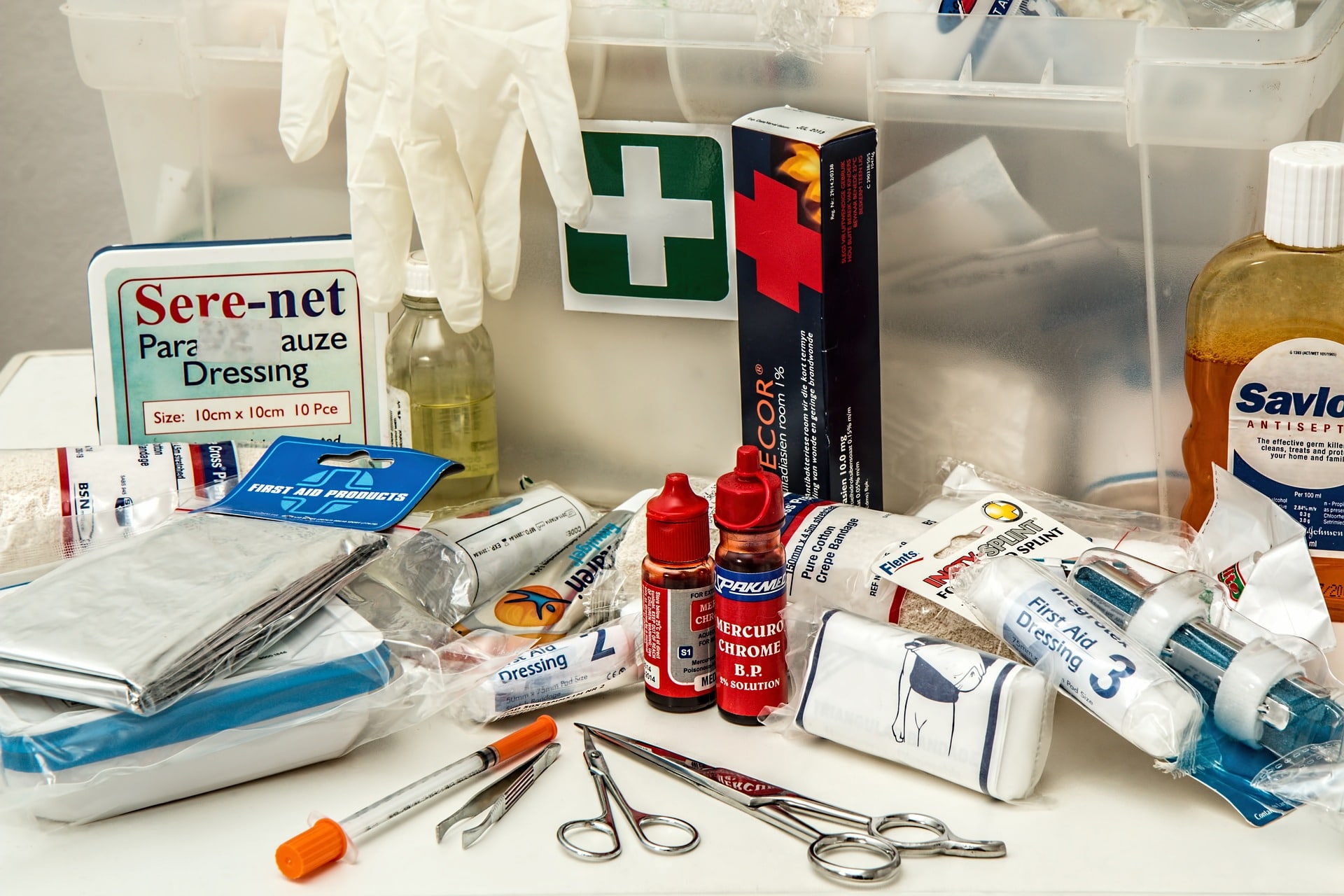

Don’t go getting lost while hiking if you don’t know how to deal with medical emergencies. When you are away from civilization, you are responsible for yourself and the people with you. Even if you never leave the city limits, it’s a good idea to have first aid training — including CPR.
The further from home you get, the more intensive your training should be. If you do wilderness expeditions that have you many days from medical attention, taking a wilderness first aid course is recommended.
READ MORE: 7 Hiking Essentials For Beginners
Building Shelter
If your time getting lost while hiking runs close to sunset or too long to get back, then you will need to be prepared to spend the night. This means you will need to find or erect a shelter to protect you from precipitation and the wind.
While it is always a good idea to have a lightweight tarp or poncho in your hiking kit, it’s also useful to know how to build shelters from natural materials. This can be as simple as finding a rock overhang or cave that will get you out of the rain, or building a shelter from plant material or snow.
Tying Knots
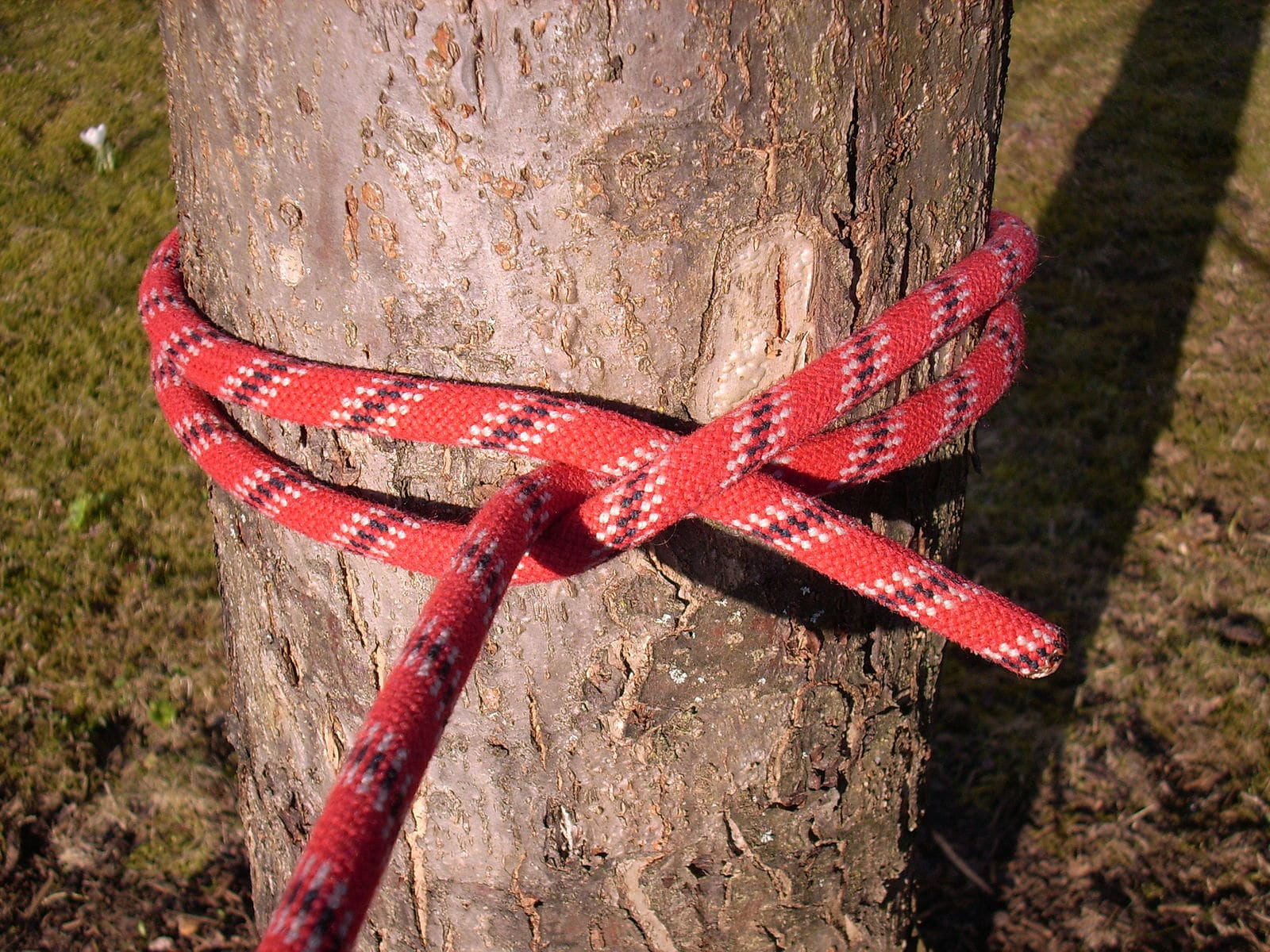

Having cordage and knowing how to tie knots can be used for everything from first aid and making a shelter to erecting a stand to build a signal fire.
Learn the following knots:
- Bowline
- Figure 8 Knot
- Clove Hitch
- Square Knot
- Truckers Hitch
- Overhand Knot
Making Fire
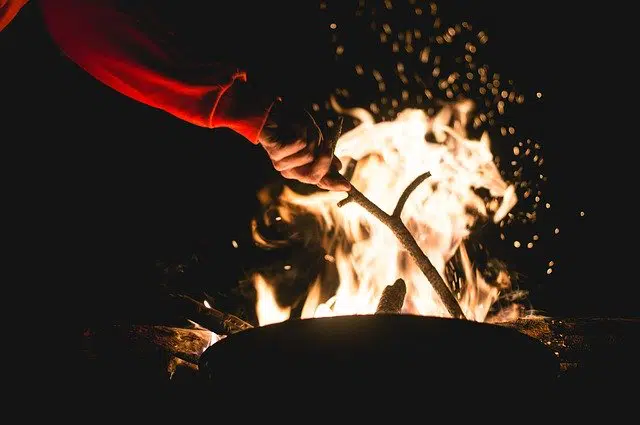

Next to a shelter, a fire can be one of the most important things you have to survive an unexpected night out. It supplies heat and light, plus it lets you boil water and cook food.
There are many way to start fires, but the fundamentals are the same. You need an easily ignited tinder source (this can be from your fire kit or natural materials you’ve found like Birch bark), kindling, and fuel wood.
Ignition Sources:
- Matches
- Lighter
- Ferrocerium Rod
- Flint and Steel
- Magnifying Glass
- Friction — bow or hand drill
Tinder Sources:
- Cotton Pads with Vaseline or Wax
- Wet Fire Cubes or other commercial fire starters
- Birch Bark
- Fatwood
- Feather Sticks
- Char Cloth
You don’t need all of the above, but whatever ignition and tinder sources you plan to use, make sure you practice the use of them before you actually get lost and are in an emergency situation.
The best way to guarantee a successful fire is preparation. The first thing to do is collect a large bundle of pencil size or smaller dry twigs. The easiest way to find these is look for the low, dead branches of evergreen trees. If they snap off clean, they are dry inside.
Next, collect a bundle of larger wood. If you don’t have a saw or ax, you will be limited to what you can break by hand or find on the forest floor. Just be aware that wood on the ground often has a lot of moisture it has absorbed, so you will have to dry it beside the fire before it is ready to burn.
Build a raft of sticks on the ground to keep the fire off the wet ground. Place a wrist thick branch across the raft to one side. Ignite your tinder source just in front of the cross bracing stick.
Once the tinder is in flame, lay a bundle of twigs across the cross brace, keeping them just above the flame. This makes a lean-to structure allowing air to come in from the side.
Once the flame is above the initial twigs, you can start adding more until the fire is established. Once the fire is going, place any damp wood close to the fire on the side to dry it out.
RELATED: Starting a Campfire: Beginner’s Guide to Fire
Finding and Processing Safe Drinking Water
Once you are sheltered and warm, you need to start thinking about water. Staying hydrated is important for bodily function including maintaining core temperature. The average person needs 3 to 4 liters of water per day. If it is hot or you are exerting yourself a lot then this requirement goes up even more.
Approach all wild water sources like they are contaminated with bacteria and parasites. Once you have collected water, you will need to disinfect it which can be done with chemical treatment, filtering, boiling, or Ultra Violet light.
When looking for a water source in the wild, the ideal is clear moving water like a creek or a stream. You are looking for water that is free of particulate matter such as silt or organic materials like algae. If the option exists, avoid using standing water as it will be more likely to have a higher concentration of bacteria or parasites — but sometimes, you can’t avoid it.
Depending on what water treatment system you are using, it may be as simple as scooping up a bottle to add chemical treatment or finding a small waterfall to make it easier to fill your water bag for gravity or squeeze filter.
Filters are quick, but most don’t remove viruses which require chemical treatment such as chlorine dioxide tablets or drops. The combination of the two is the most effective method to guarantee you have water free from pathogens.
Chemical treatment is simple. Just add the tablet or drops to the water and wait. The negative is time. Most compounds won’t remove Cryptosporidium (a common parasite in natural water sources) and the ones that do take up to 4 hours to kill it.
Boiling is another way to treat your water. This requires having a stove or fire and a container you can boil your water in.
To disinfect by boiling, you will need to bring the water to a rolling boil for a minute at sea level. If you are above 5000 feet of altitude, boil for 3 minutes. This difference is due to the lower temperature that water boils at in higher elevations due to lower air pressure.
Finally, we have UV treatment such as the Steripen. It works well for all pathogens, but requires clear water so you might have to pre-filter to get any particles out. This can be done with a bandana or sock. Alternatively, you can collect water and let it settle before scooping off the clear water on top. The big downside is the need for batteries and the fragility of the device.
Signaling Rescue
If you get lost and can’t find your own way out, it is important to know how to signal for rescue. This can be as simple as making a cell phone call to spelling out a giant SOS that will be visible from the sky.
- Cell Phone — Make sure your phone is charged and you have signal. If you have a signal, the emergency dispatchers can find you via the built-in GPS in your phone.
- Satellite Communicators — These are things like Garmin or Spot devices that don’t rely on cell networks. If you hit the SOS button, they will send a message out with your coordinates for first responders to find you.
- Whistle — Three sharp blasts from a whistle are the signal that you are in trouble. Repeat every few minutes so people can follow the sound the find you. A whistle sound will carry further than your voice and won’t wear out your voice.
- Fire — You can either use a smokey fire or three fires spaced in a line. To make a smokey fire, first get a fire going and then put a bunch of greenery on top such as evergreen boughs. In areas with forest fire monitoring, this will be noticed and someone will come looking for the source of the fire.
Being Prepared
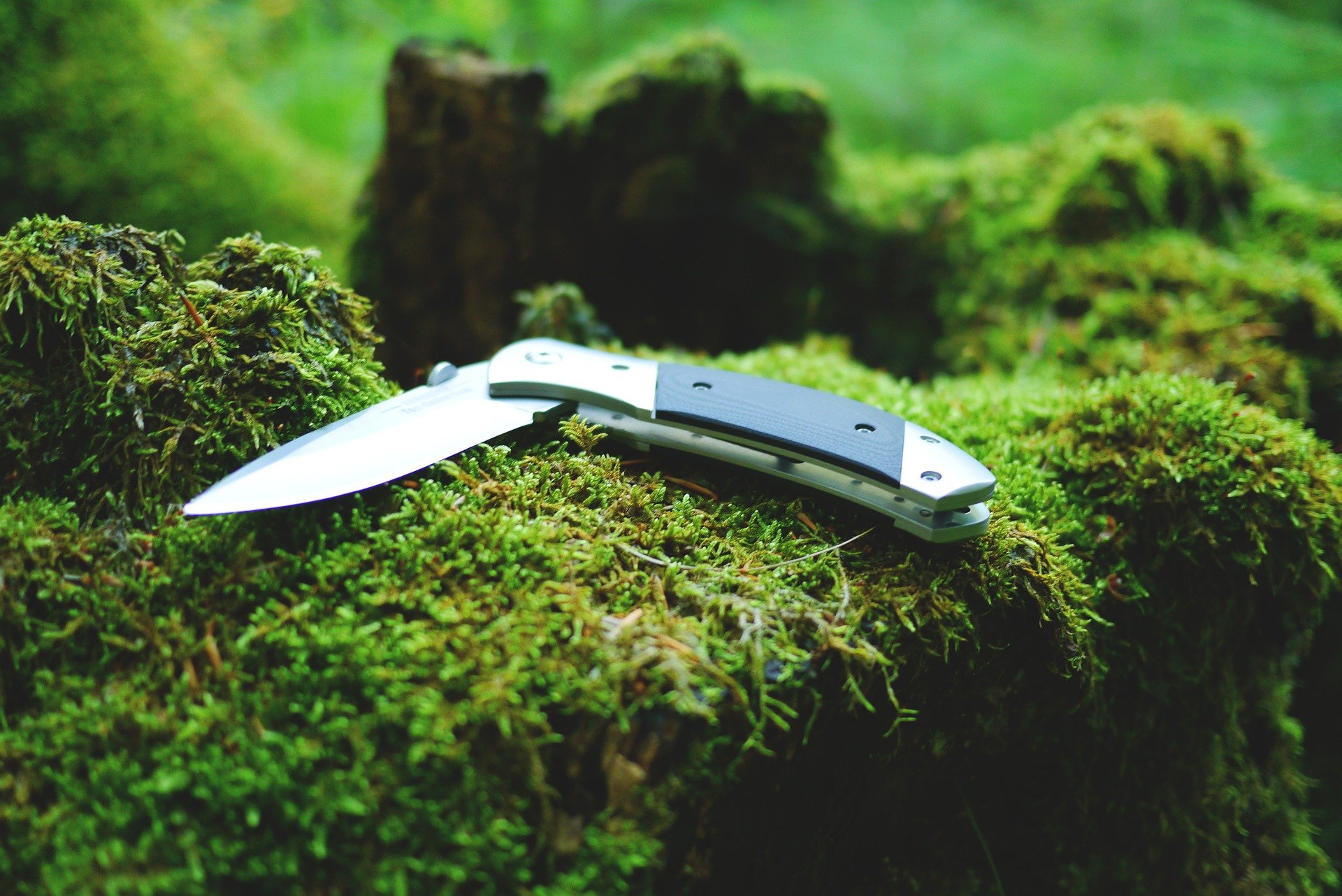

Even on local trails, it is recommended to be prepared with an emergency kit. This should be built on The Ten Essentials. With this and some knowledge, you will be able to survive a hike gone wrong.
In your kit, you’ll want the following:
- Navigation: Map, compass, altimeter, GPS device, personal locator beacon (PLB), or satellite messenger
- Headlamp: Plus extra batteries
- Sun protection: Sunglasses, sun-protective clothes, and sunscreen
- First aid: Including foot care and insect repellent (as needed)
- Knives and tools: Plus a gear repair kit
- Fire: Matches, lighter, tinder, and/or stove
- Shelter: Tarp, poncho, or bivy with cordage and tent pegs
- Extra food: Beyond the minimum expectation
- Extra water: Extra container and water purification kit
- Extra clothes: For cold and wet conditions
Getting Lost While Hiking: The Wrap-Up
Getting lost in the woods can be both a good and bad thing. It’s bad if you get lost hiking accidentally and don’t know what to do, but can be a good thing if you’re intentionally getting “lost” as a way to get away and recharge. As long as you have the right gear and skills, getting lost in the wild can be the best way to find yourself.
READ MORE: 6 Key Tips for Hiking Safely
Pin it for later!
